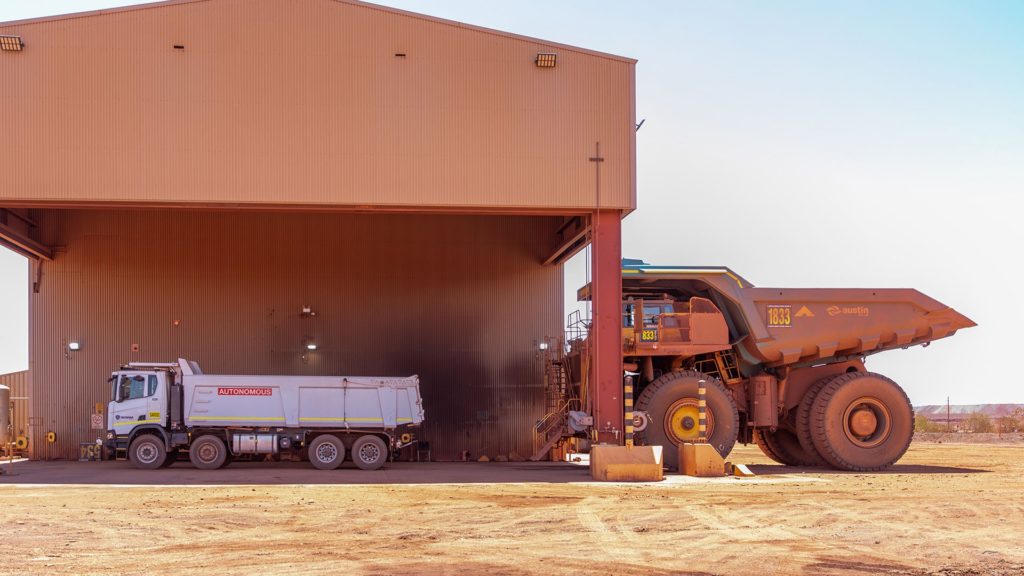There were some interesting comments from Rio Tinto recently in an article focussing on its transition to renewable transport in the Pilbara, specifically with regard to what is the right size haul truck for its operations – and that bigger is not always better for some applications, plus offering more electrifcation wins at an earlier stage.
The global miner stated: “Across the mining industry, there’s been a long-held view that ‘bigger is better’. Enormous haul trucks provide economies of scale, allowing operations to move more material more quickly by leveraging the large trucks’ power and carrying capacity. But we’re challenging our thinking on size and why size matters. Larger haul trucks, while already automated, consume more energy than current electric-vehicle power sources can generate. By exploring truck size, we want to assess how big and small trucks can both be a part of the solution to reduce our emissions in the Pilbara and find fit-for-purpose solutions in mining.”
At its Channar iron ore mine in the East Pilbara, Rio Tinto is now working with Scania to trial smaller automated trucks that could more readily be electrified to reduce its carbon emissions, and could improve its zero emissions speed to market. The project builds on experience gained with autonomous Scania trucks dating back to 2018 at Rio Tinto’s Dampier Salt operation. Both projects involve the 40 t class Scania XT 8×4 model, with the XT trucks specifically aimed at tough construction and mining applications. The trials have also offered an opportunity to use a more open autonomy approach, where the AHS rollout does not restrict the operator to a particular truck OEM or fleet management system; and on this Rio Tinto has been working closely with Wenco International Mining Systems.
These trucks could also reduce emissions and costs while improving mining practices across site infrastructure and operations. “Smaller trucks can operate on narrower roads, allowing us to cut steeper pit walls and reduce vegetation disturbance. This reduces the amount of earth we need to move to access the ore, which means the smaller trucks don’t just produce lower or no emissions – they also help reduce our overall energy usage while we’re constructing and operating our sites.”
Of course payload is king and Rio Tinto is also exploring options to further reduce emissions of larger trucks through its partnerships with Komatsu and Caterpillar. “Working with Komatsu, we will pilot a fleet of their future 220 t+ zero emissions autonomous haul trucks in the Pilbara. We’re also working with Caterpillar to advance development of their future 220 t+ zero-emission autonomous haul truck, which we’re exploring the possibility of deploying at our Gudai-Darri smart mine.”











